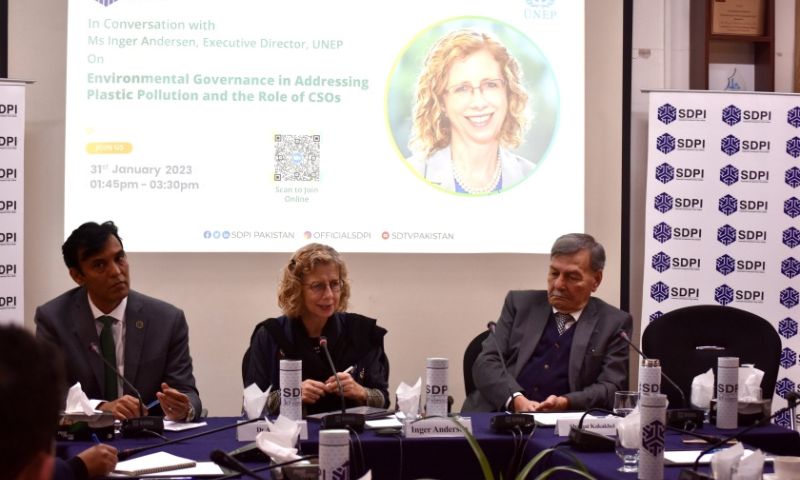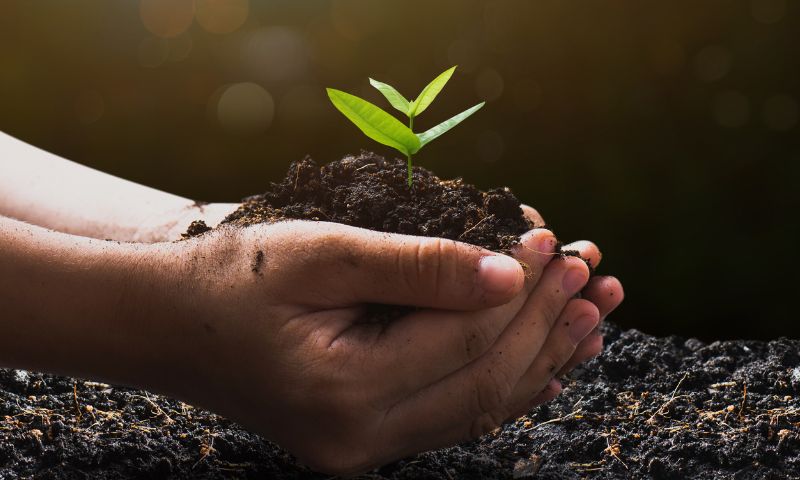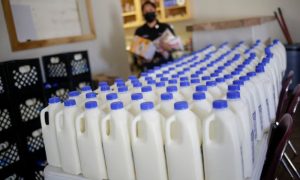Plastic, the game-changing synthetic stuff that has become an essential part of our daily lives, started in the nineteenth century. In 1869, celluloid (made of cellulose nitrate and camphor) was introduced to replace ivory in billiard balls and eventually made its way into photography and everyday products. The first fully synthetic plastic Bakelite (made of phenol and formaldehyde) was invented in 1907. Bakelite rocked our world with its ability to insulate electricity, make all kinds of moulded things, and be used in tons of other products. From there, many other types of plastics have been developed, such as polyvinyl chloride (PVC), polystyrene (PS), polyethylene (PE), nylon, polyester, acrylic, polypropylene (PP), polyurethane (PU), and many more. Each plastic has its own properties and applications, revolutionizing many industries and aspects of life.
Since the 1950s, plastic production has skyrocketed, leaving other materials in the dust. We’ve gone from 2.3 million tons in 1950 to a whopping 460 million tons in 2021. Now, plastic does have its perks. It is cheap, lightweight, and easy to make, so we have relied on it for the past century. But here’s the issue: we’re generating so much plastic waste that it is getting out of control.
Here is the ironic part: the very things that make plastic great, like its durability, also make it a pain to get rid of. Plastic can take hundreds of years to break down, or sometimes it doesn’t break down at all. It doesn’t decompose like organic stuff, such as wood or food. Instead, it breaks into smaller pieces through ultraviolet photodegradation, where sunlight breaks it down over time. But guess what? Those little pieces, called microplastics, never disappear and stick around. They are present in our water, food, soil, and even inside us. They are a real threat to wildlife, marine life, and us humans. The durability of plastic in the environment is a major headache when it comes to managing and dealing with it.
Just to give you an idea of the scale of the problem, the executive director of the United Nations Environment Programme (UNEP), Ms. Inger Andersen, dropped some jaw-dropping numbers earlier this year during a lecture at the Sustainable Development Policy Institute (SDPI). Between 1950 and 2017, nine billion tonnes of plastic were produced; out of that, a mind-boggling seven billion tonnes ended up as waste. Eleven million tonnes of plastic flow into our oceans yearly, making up 80% of all marine pollution.
This plastic waste is not just messing with marine life and the ocean. According to the Executive director of UNEP, in Pakistan, 3.9 million tonnes of plastic waste was produced in 2020, and a staggering 65 percent of that was handled improperly. Can you believe that 18 percent of the solid waste in Pakistan is plastics? And get this, only a measly 3 percent of the plastic used in the manufacturing industry in Pakistan is recycled material.
All this mismanaged plastic waste has some real-life consequences. When people burn plastic waste in the open, it messes with the air and causes respiratory problems. And we all have witnessed how clogged sewers due to plastic waste turn our major cities into waterlogged nightmares during the rainy season.
Then there is another aspect of plastic pollution. Plastic waste is not only causing environmental hurdles but is also toxic. International Pollutants Elimination Network (IPEN) reveal that without regulations requiring plastic ingredients to be labeled, countries blindly allow known toxic chemicals onto their markets in plastic products. It substantiates its claims through studies showing that toxic chemicals (such as Brominated Flame Retardants (BFRS), Perfluoroalkyl and Polyfluoroalkyl substances (PFAS), and Bisphenol-A (BPA)) that have been banned under international chemicals conventions are being recycled from old waste into new consumer products, resulting in risks that are impossible to quantify because of lack of knowledge on the composition.
Samples of clothing, recycled plastics, and baby bottles from Bangladesh, Bhutan, China, Indonesia, Malaysia, Russia, Sri Lanka, and Tanzania have been found to contain highly toxic chemicals. IPEN warns that this problem will worsen due to the projected growth in plastic and chemical production and use. In response, IPEN calls for public policies to prohibit the recycling of hazardous chemicals in plastics, as they not only harm the circular economy but also pose a threat to human health.
Taking a moment to assess the efforts made to address the environmental impact of plastic waste, it becomes evident that scientists have been aware of the issue since the late 1960s and early 1970s, when they observed plastic debris alongside plankton. There are five areas in the ocean where plastic waste accumulates, covering 40 percent of the ocean’s surface. In 1988, the international community responded by signing the MARPOL convention, which banned the disposal of plastics from ships into the sea. In 2011, the UNEP launched the Global Partnership on Marine Litter (GPML) to promote international cooperation and action against plastic pollution. In 2017, the UNEP initiated the Clean Seas campaign to engage governments, businesses, and individuals in reducing plastic waste.
However, the question remains: how can we tackle this menace if plastic cannot be degraded and its recycling, without mandatory disclosure of contents, can lead to the spread of toxic chemicals? In 2018 and 2021, the UNEP published global assessments on plastic pollution sources, impacts, and solutions. In 2022, a historic resolution was adopted at the United Nations Environment Assembly (UNEA-5.2) to develop an international legally binding instrument on plastic pollution, including in the marine environment. The second session of the Intergovernmental Negotiating Committee (INC2) to develop this instrument concluded recently (on June 2, 2023) in Paris.
During the INC2 discussions, an integrated approach to regulatory instruments and policies addressing actions throughout the plastic life cycle was considered. Proposals were made to reduce the scale of the problem by eliminating unnecessary and problematic plastic uses. Emphasis was placed on implementing circular economy principles, specifically focusing on reuse, recycling, and reorienting and diversifying. Additionally, strategies were explored to deal with plastics that cannot be eliminated, reused, recycled, or replaced.
To minimize the spread of toxicity through plastics, UNEP suggested in background papers prepared for INC2 the implementation of compulsory design rules to remove all dyes, pigments, and additives that impede recycling economics. Homogenizing plastic types and formats was recommended to prevent the mixing of different plastic types. Other suggestions included designing out and/or banning hard-to-recycle and problematic polymers, increasing the use of post-consumer recycled content in new products, eliminating hazardous chemicals, and standardizing and improving labelling for better waste sorting.
Today, on World Environment Day, the theme “Beat The Plastic Pollution” serves as a timely reminder that individuals’ actions against plastic pollution hold significance. The steps being taken by governments and businesses to combat plastic pollution are a direct consequence of collective action. On this day, individuals, governments, non-governmental organizations, corporations, and international bodies should reaffirm their commitment to prioritize eco-friendly practices for a greener world and the protection of the environment. Together, we can #BeatThePlasticPollution.
Dr. Abid Qaiyum Suleri heads Sustainable Development Policy Institute. He tweets @abidsuleri.

























